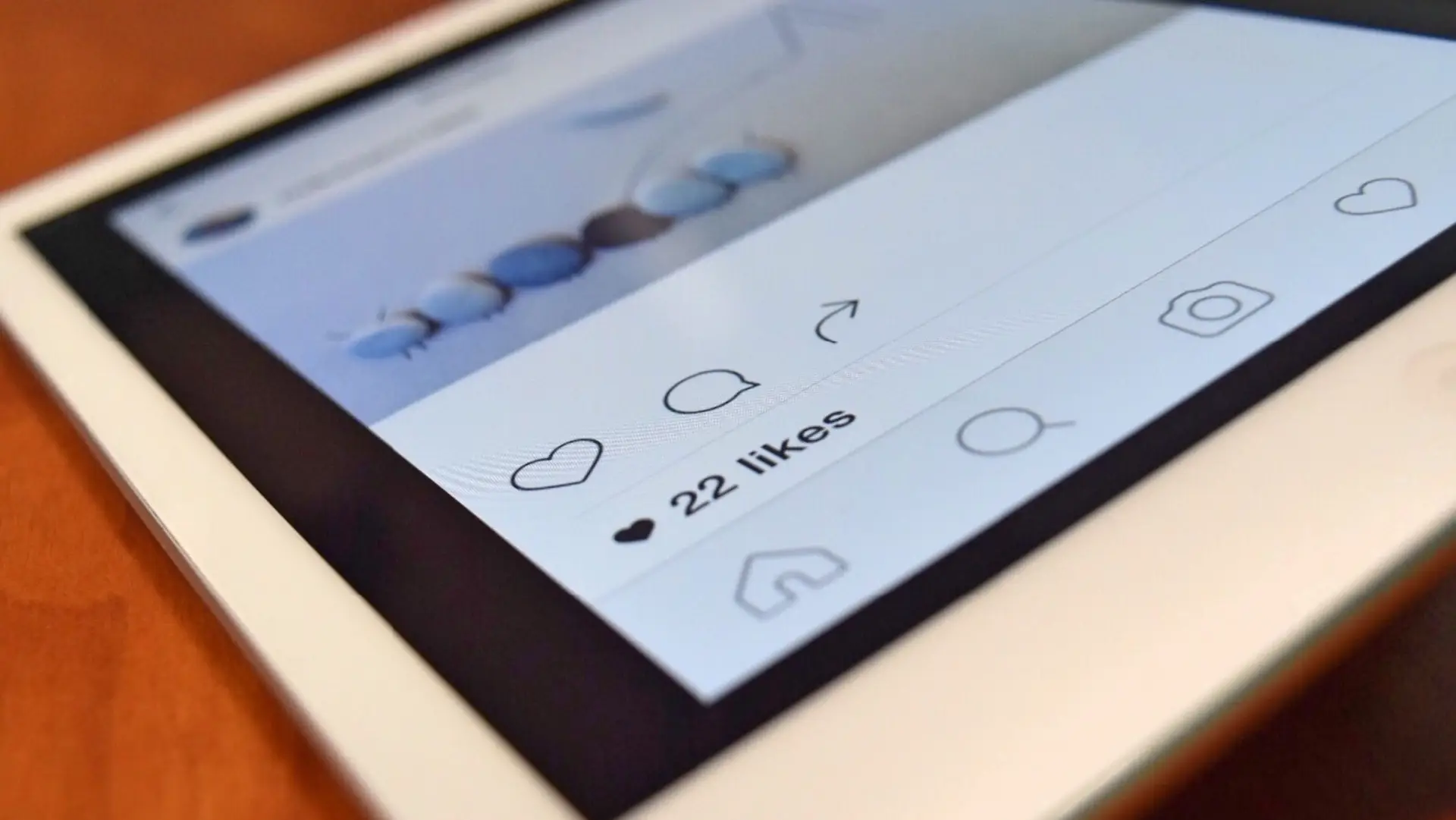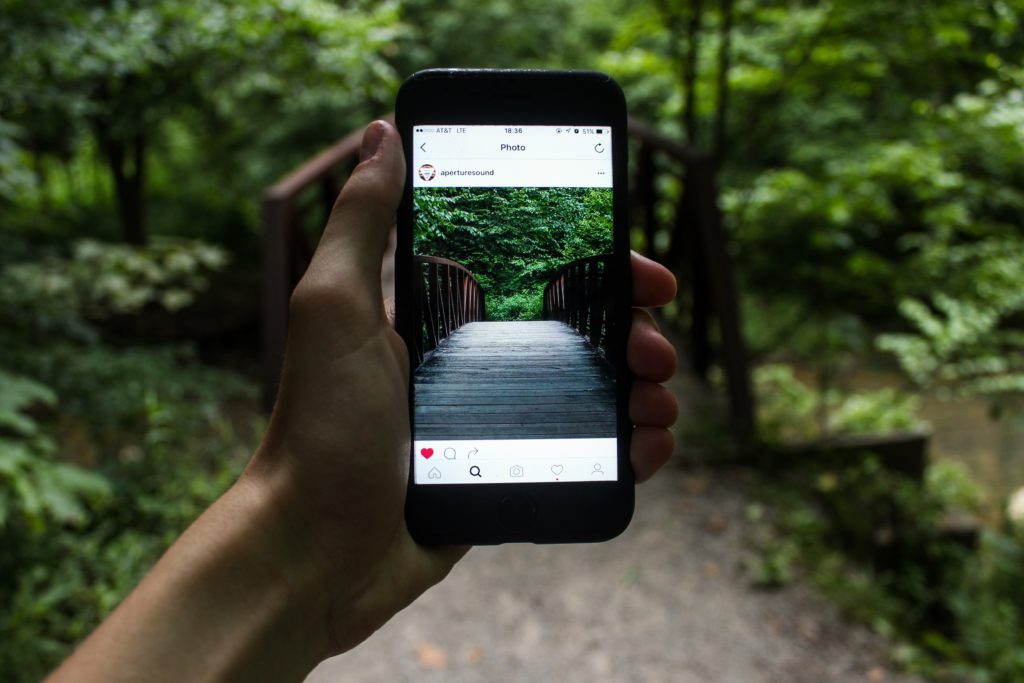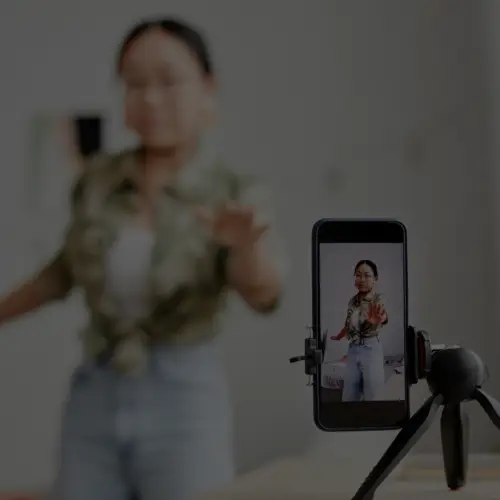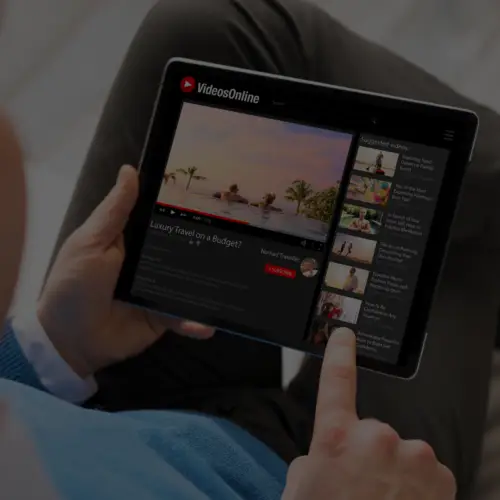
22 Oct Why “Hidden Like Counts” Won’t Hurt Influencer Marketing

Back in April, Instagram began a test in which they hid the number of likes each post gets from public view. While the original poster can still see the count, other users cannot. The stated goal is to reduce, particularly among young people, the negative pressure caused by competing for likes and the embarrassment of low like counts. This test expanded on Instagram in July and began rolling to Facebook in certain regions this September.
Based on the expansion, it now seems more likely than not that the platforms will permanently change to hidden like counts. Is it a big deal for brands, influencers and their agencies? A PR Week contributor said it “could be final nail in coffin for many influencers.” An Inc. contributor said the changes “deviate from the core things that made Instagram spread like wildfire in the first place.”
Those reactions are not correct. While this isn’t the best news brands have ever had in social media marketing, it’s also no cause for panic. Here are 5 reasons why:
1. Engagement Rate Has Always Been a Relative Metric
Remember the glorious days of 16% average organic reach for brands on Facebook? That began to plunge in December of 2013 and total engagements fell right along with it. Nearly 6 years later, total investment in social media marketing has only skyrocketed. All of our analytics teams have adjusted to a new normal for what constitutes good engagement and the algorithms still favor quality content in terms of exposure.
2. Engagements Don’t Drive Sales and Never Have
As one of Facebook’s partner agencies, we meet with our rep weekly. Facebook openly shares that engagements don’t correlate with sales and neither does reach. While Facebook marketing can lead to measurable sales growth in many industries, it’s not done by simply driving up the number of likes on a business post. If it did, posts with bacon and puppies would lead to riches. Social media marketers need to be more strategic than reporting on engagements as success in and of themselves.
3. Brands Can Still See Their Likes (And Those of Their Influencers)
Likes and comments can be an indicator of the relative popularity of one post over another. And more engagement increases the organic reach of a given post. So the signals are still important. But since the original poster (in our case the brand) can still see their likes, there is no meaningful change to how we’re doing business just because our fans can’t see those same numbers. Similarly, most serious influencer marketing programs are pulling likes (and other data) via API from influencer business accounts, allowing them to compare relative performance. If any brands are manually scanning for likes on their influencer posts, it’s time for a better strategy anyway.
4. Likes Will Never Go Away
Social networks rely on a variety of signals to inform what content they show each individual. That’s not changing. Likes are the most frictionless way to engage in a post. As with comments and shares, the social platforms will still utilize these signals in a continuing effort to predict the content you most want to see. While we can expect the total number of likes to decrease with this change, their importance will not diminish to the algorithms.
5. Reducing the Societal Negatives of Social Media Is Good for Everyone
Social networks do a tremendous amount of good. They’ve helped topple oppressive regimes. They’ve helped shine light on corrupt practices. They’ve helped turn a bullying incident into a college scholarship. But there are also clear downsides, including the mental health concerns that these changes are ostensibly designed to address. While we should look to magnify the good in social media by incremental improvements, we should also continually make incremental improvements to mitigate the bad. A healthy social media ecosystem is good for everyone, including the marketers who work within it.







